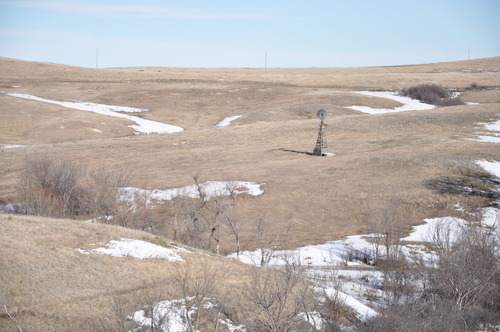Location Location Location
My confession: I have a Masters in history. Actually, I am a student of a very tiny part of history, which encompasses only modern Europe. I know that my focus is extremely narrow, but after reading Gun, Germs and Steel: The Fates of Human Societies by Jared Diamond, I am extremely humbled by how very small my window on history is. My two hundred year historical window is very miniscule compared to Diamond’s 40,000 year time period. Even more than adding time to my perspective, Diamond broaden my appreciation for the richness of human activity and progress over the entire globe. My horizon has been greatly expanded.
What Diamond does so brilliantly is to answer in a new and startling way the question of nature’s role in human progress. His theory grew out of a deep appreciation and awareness of the intelligence, creativity and skills of primitive tribal people developed through his personal involvement among the people of New Guinea while studying birds and plants. What troubled Diamond was the question of why very intelligent people in one place did not develop the same technology, domestication of plants and animals, and skills like reading and writing as others groups of people in different places. He knew that it could not be a matter of intelligence or ability, because he found no lack of smarts among people he met throughout his travels. He was greatly troubled by the accepted view that Europeans, because of their progress in technology, learning and power had superior intelligence. This Western view of history has resulted in hundreds of years of discrimination and oppression, and has been commonly held as a given truth in much of Western thinking. Diamond’s efforts have been to discover a different way forward that would explain progress without denigrating people’s intelligence and creativity.
His conclusion is that the variations in innovation are not based on intelligence but on geography. Geography, in his estimation, has played the primary role in the progress of people over time. “Hence the availability of domestic plants and animals ultimately explains why empires, literacy, and steel weapons developed earliest in Eurasia and later, or not at all, on other continents.”[i] Simply put, the ability to domesticate both plants and animals provided a surplus of food that allowed time and energy for members of the community to focus on other concerns beyond basic survival. “The resulting food surpluses, and (in some areas) the animal-based means of transporting those surpluses, were a prerequisite for the development of settled, politically centralized, socially stratified, economically complex, technologically innovated societies.”[ii] Throughout this study, Diamond illustrates these developments in farming and herding that led to the settlement of people in larger and more politically organized groups and the subsequent innovations and inventions. What becomes clear is the chance of geography, with its limitations (available plants and animals that can be domesticated and available protein enriched food sources) and challenges (climate, terrain), played a decisive role in how different people progressed over-time. This theory offers a truly global perspective while recognizing the dignity and equality of all humans, realizing that inequalities that are present throughout the world has less to do with ability or intelligence and far more with the chances of geography.
But if geography played such a decisive role in the past, does it still make a difference today? Modern technology has obviously leveled the playing field in many ways. But this question has been on my mind as I prepare to leave this week for a three-day trip to the Pine Ridge Lakota Sioux Reservation. Honestly, there are few places that I travel that drive me to instant depression as visiting the Reservations in southwest South Dakota. Diamond got me thinking about the geography of the reservations that I have visited over the years. When the reservations were designated for settlement over a hundred years ago, Native Americans were strategically placed in territories not wanted by the White settlers. These were places where farming was near to impossible and the existence of wild game was scarce (like the desserts of Arizona and New Mexico and the plains of South Dakota). If the goal was to denude these proud and passionate people of their fortitude and life-spirit by placing them in such harsh and unwelcoming locations, then our forefathers were very successful. The environment that the Lakotas have to live in provide little in the way of opportunity to maintain, let alone increase, their lives, forcing them to become perpetually dependent. Because they no longer are able to grow their own food or provide for their own needs, they are dependent on such things as processed food, which has contributed to an epidemic of obesity among the Lakota people. Lack of work opportunities in this barren world has turned many to drugs and alcohol. One has to wonder, how much has this desolate and unproductive environment contribute to the lack of health, wellbeing and interest in advancement? How much has this geography contribute to the deflation these once proud and strong people?

Obviously, there are many other factors that contributed to the Lakota people coming to this sad place in their history. The point that Diamond would argue is that the Native Americans are not lacking in ability or intelligent (which I can attest), it is because a whole number of factors that must include geography. Prior to reading Diamond, I would not have considered the role of nature or the environment as a contributing in any way to the situation that these people find themselves in. This theory provides not only a different way to view people of the world (by being aware of their location), but it provides for me a greater appreciation for the people who are seeking, in creative and brilliant ways, to survive in often hostile and unfriendly environments they find themselves in.
Leave a Reply
You must be logged in to post a comment.